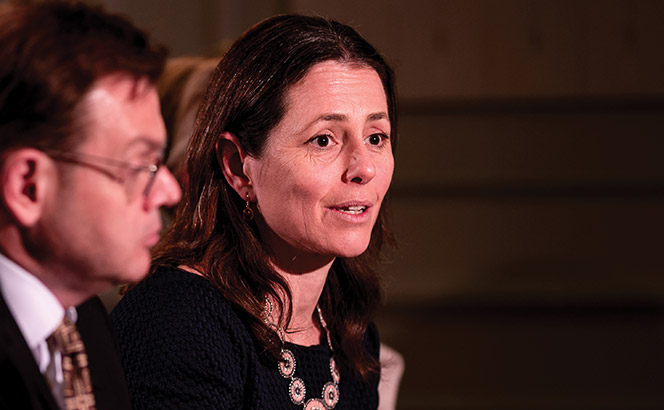
Legal 500 editors Georgina Stanley and Ben Wheway take an in-depth look at gender diversity in the latest Legal 500 London rankings
‘Institutional male dominance is hard to shift – it isn’t enough to want to change; sometimes these things are structural,’ says Travers Smith disputes partner Caroline Edwards (pictured) of the difficulties women lawyers can face trying to build their profile in the legal market and the directories that reflect it, including The Legal 500.










